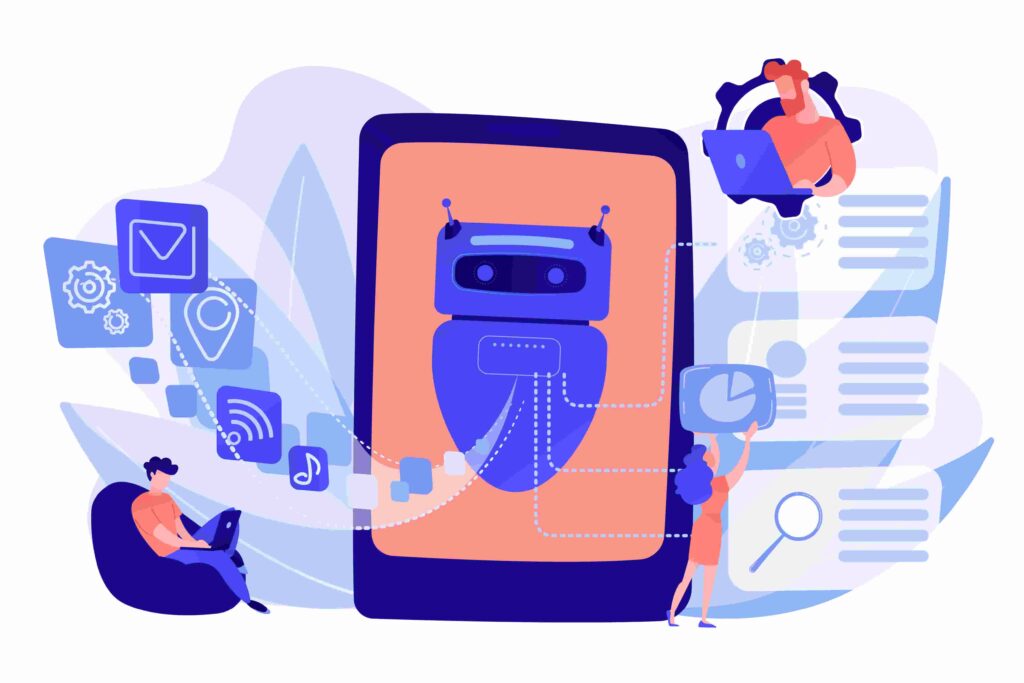The concept of IT help desk emerged in the 1980s to designate a department with highly technical roles, but it evolved after the 1st version of the ITIL (Information Technology Infrastructure Library), launched in 1989. In the following decades, the implementation of new management practices caused the emergence of the “service desk” term.
In this article, you’ll learn more about the role of this department in the planning and development of IT services.
What is Service Desk according to the ITIL?
Over time, it became clear that the information from users obtained by the help desk is a valuable asset for handling and preventing technical problems. Then, the second version of the ITIL published in 2001 established the service desk as one of the main components of an IT service operation.
Although many companies use “call center,” “help desk,” and “service desk” as synonyms, the ITIL considers the first two terms as limited types of the third.
As a result, a service desk combines the characteristics of the previous types and covers a broader scope of tasks. In addition to addressing technical support issues, it also performs routine tasks like resource provisioning and access management.
Therefore, it is the single point of contact between the IT service provider and the users, with the following responsibilities:
- manage incidents;
- fulfill service requests;
- inform about shutdown or planned changes in services.
What are the benefits of a service desk?
By offering a service desk as part of their IT operations, companies have a starting point for a variety of processes that help:
- identify customer behavior patterns and expectations;
- optimize ticket handle time;
- use the knowledge acquired to implement new services or improve existing ones;
- take preventive measures in the maintenance of the IT infrastructure.
But for the service desk to meet these needs, it must be supported by a structure that helps classify incoming requests. Only data collection and analysis can provide managers with a comprehensive view of the operation so that critical points can be identified and resolved.
The Milvus platform, for example, allows you to configure your customer’s SLA to set and customize service priorities. In addition, it offers a wide range of automated tools to organize and control the machines of your customers.
Learn more about Milvus intelligent management resources – they will help you optimize IT processes and improve your team’s performance!






